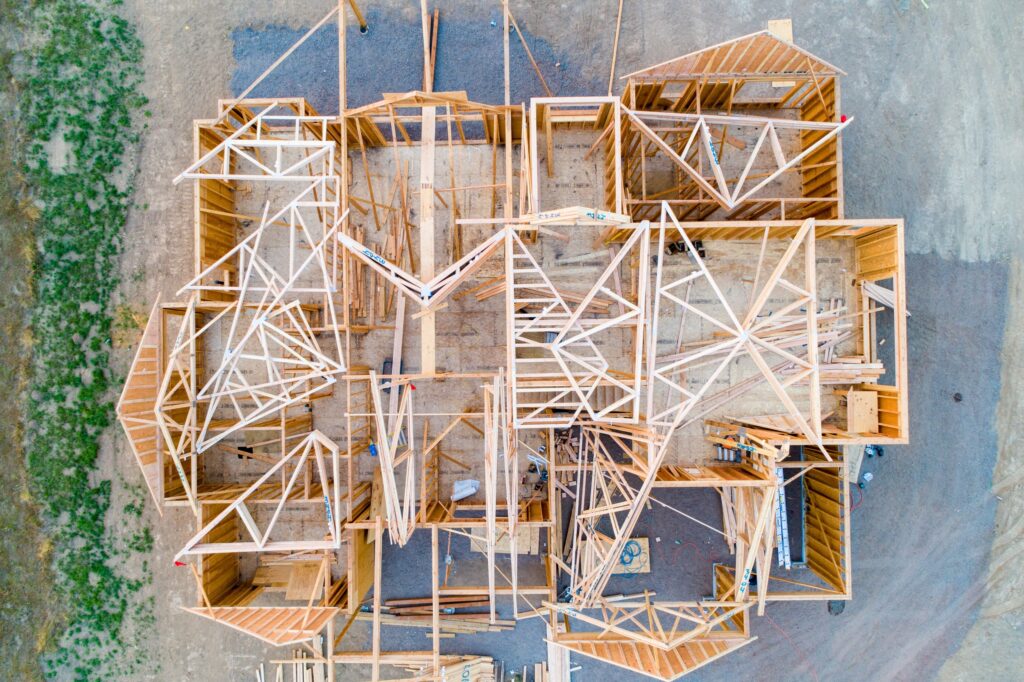Requirements for registered professionals (architects and engineers) on building projects can be confusing, as the requirements are not provided in one location. In this post, I will summarize the requirements for professional design and review that are applicable in British Columbia.
Building Code Requirements (BCBC & VBBL)
The BC Building Code outlines requirements for professional design and review in Subsection 2.2.7 of Division C. This includes requirements for registered professionals to submit Letters of Assurance to the authority having jurisdiction as part of the building permit and occupancy permit applications. The Letters of Assurance are provided in Division C.
A common mistake is to assume that only Part 3 buildings require registered professionals; however, there are a few other situations that would require registered professionals based on the BC Building Code requirements:
- Part 3 buildings
- Part 9 buildings with any of the following
- Common egress systems and firewalls (e.g. horizontal exits)
- Structural components that fall outside the scope of Part 9 (e.g. Part 4 structural design)
- Geotechnical conditions that are not within the scope of Part 9
- Sprinkler systems designed to NFPA 13
- Standpipe and hose systems designed to NFPA 14
The Vancouver Building By-law includes all of the above requirements, but also adds a few additional situations where professional design and review are required:
- Sprinkler systems designed to NFPA 13R or NFPA 13D
- Buildings designed to Article 1.3.3.5. of Division A (air space subdivision)
- Part 5 buildings (multi-family residential or artist live/work studios over 2 storeys or more than 600sqm excluding firewalls – Div. A, Sentence 1.3.3.2.(3))
- Additions to existing buildings
- Change of major occupancy to existing buildings
In Part 3 buildings, professional design/review is required for all disciplines applicable to the project works; this includes submission of Letters of Assurance. For the other conditions above, professional design/review may be necessary for only specific disciplines or components. A common example of this is structural components outside the scope of Part 9, in a building that meets the size and occupancy restrictions for a Part 9 building. In that case, only Schedules B and C-B for the structural components are required.
[convertkit form=1987179]
Architects Act
The requirements for an architect are often confused with simply being the Building Code requirements for professional design & review. However, the Architects Act, which governs the practice of architecture in BC, has a number of additional requirements that may trigger the need for an architect in the province (I should note that the professions of engineering and architecture are transitioning to the Professional Governance Act over the next few years). The requirements of the Architects Act and the Building Code apply independent of each other.
The Architectural Institute of British Columbia (AIBC) has a bulletin summarizing the types of buildings requiring the services of an architect (Bulletin 31). In general, a building requires the services of an architect unless it falls under the exceptions of Section 60 of the Architects Act. The following list, taken from Bulletin 31, is a summary of buildings requiring the services of an architect:
- Residential buildings containing 5 or more dwelling units
- Hotel or similar buildings with 11 or more guest rooms
- Commercial buildings exceeding 470sqm gross area (firewalls cannot be used to alter the gross area, so they do not affect the need for an architect)
- Industrial buildings exceeding 470sqm gross area (limited exceptions for design by a professional engineer – see AIBC Bulletin 33)
- Public assembly buildings
- One storey buildings exceeding 275sqm gross area
- Unsupported span exceeding 9 m
- More than one storey and exceeding 275sqm
- Hospital or similar buildings with 12 or more beds
- Schools (any size)
- Veterinary hospitals exceeding 470sqm gross area
- Any other building exceeding 470sqm gross area, including mixed use buildings
- Any alteration or repair to an existing building in any of the above categories (case by case exceptions for alternations of limited scope – see Bulletin 31 section 5.0)

